

| Online: | |
| Visits: | |
| Stories: |
Currencies from a Central European’s Perspective (1917-2017)
by Peter Fröhlich, SRSRocco Report:
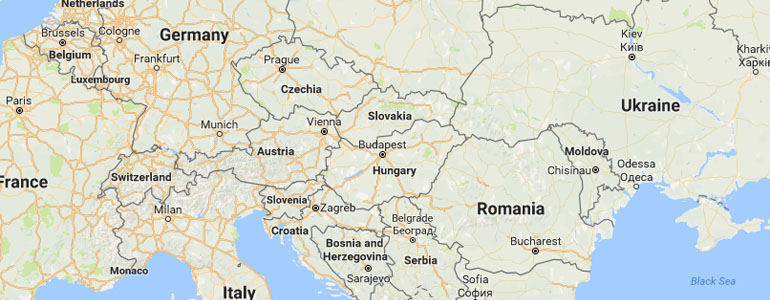 Who is a Central European? It’s someone who’s got a German name, Hungarian heritage, was born in Czechoslovakia (dissolved in 1993), lives in Bratislava (Slovakia), but loves to spend time in Vienna (Austria). It’s a person who appreciates the constant flux of political and economic events happening in this part of the world.
Who is a Central European? It’s someone who’s got a German name, Hungarian heritage, was born in Czechoslovakia (dissolved in 1993), lives in Bratislava (Slovakia), but loves to spend time in Vienna (Austria). It’s a person who appreciates the constant flux of political and economic events happening in this part of the world.
I wrote up this article for the SRSrocco Report to document three things. 1 – People all over the planet should never trust their governments with their money. 2 – Given the history of currency changes, it’s no surprise that people in Central Europe are, generally speaking, much poorer than people in Western Europe or North America. 3 – Protecting one’s wealth in an environment of constantly changing currencies is extremely hard. Thus, people should make the right choices when times are quite OK, because when the really hard times hit, all of one’s wealth can be lost very quickly and easily.

Never Trust a Government
The name of the game in relation to government controlled currencies is always wealth protection. US Dollar holders are used to something that is the exception, not the rule – namely, that the US Dollar hasn’t been cancelled, converted, or re-denominated in a very long time.
People in other parts of the world who have a much more intimate and frequent experience with currency changes, know that they cannot rely on their domestic currencies. Therefore, they seek refuge in alternatives.
While the US Dollar might be a good choice for some time, when the bill for government over-expansion comes due in the United States, not even the mighty US Dollar will survive as we know it today.
Central Europe of the Past: The Austro-Hungarian Empire
By the 19th century, the Austro-Hungarian Empire was one of the leading empires in Europe and the world. Its area covered more than 250,000 square miles. That’s roughly the land area of today’s France.
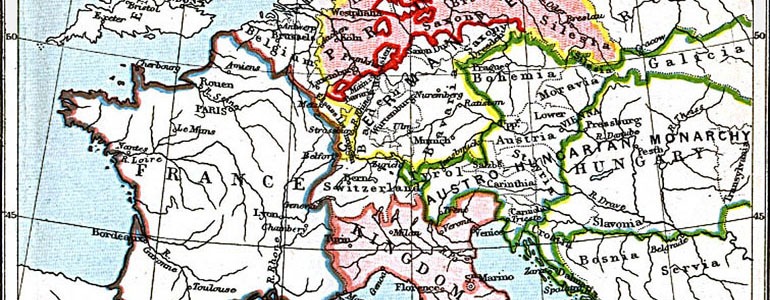
Currency Conversions in Central Europe Before World War I
The Habsburg-built Austro-Hungarian Empire used the Gulden (meaning golden) as its currency from 1754 to 1892. By weight measurement, the Gulden was equivalent to 1⁄20th of a Cologne Mark. The Cologne Mark was the weight equivalent of half a pound or 8 ounces. So, in effect, the Austro-Hungarian Gulden equaled to 0.4 ounces (about 11.34 grams) of silver. It was then subdivided into 60 Kreuzer.
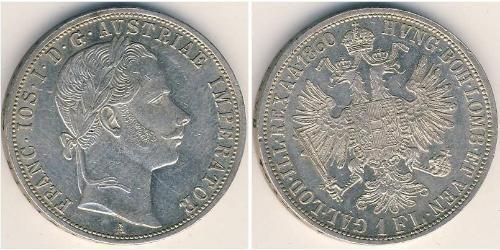
The term Gulden was used in the German-speaking parts of the Empire, while the term Forint was used in the Hungarian-speaking parts.
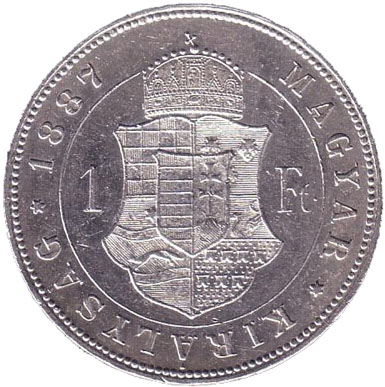
Interestingly, the Hungarian currency of today is also called Forint – a term derived from the word Florin, which refers to the gold coins that were struck in the city-state of Florence from 1252. The Florin signified Florence’s independence and greatly supported a new wave of international trade.
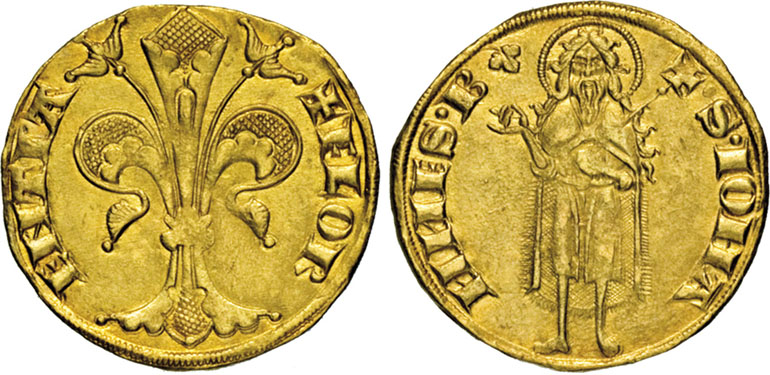
Florentine fiorino d’oro 1252
Under the influence of the soon to be unified German Empire (1871), the Austro-Hungarian Empire introduced the Vereinsthaler in 1857. This, together with the introduction of the decimal system, led to a currency conversion which resulted in a slight debasement of the currency of about 5%. In the new system, 1 Vereinsthaler equaled 1.5 Gulden. And 1 Gulden equaled 100 Kreuzer.
In the Czech lands and Slovakia, the Empire’s coinage was called Zlatý (meaning golden).
The next currency conversion came in 1892. The Gulden was replaced by the gold Krone at a rate of 1 to 2. This was part of the up and coming gold exchange standard. The gold exchange standard lets the central bank keep a part of its reserves not in gold but in foreign central bank balances which are then redeemable in gold.
The Austro-Hungarian Krone functioned until the end of World War I (1918), when the Austro-Hungarian Empire dissolved into its many nation-states. The dissolution took place in no small part because it was one of the peace negotiation terms of the Woodrow Wilson led victorious Allies.
The fate of the Austro-Hungarian Empire was officially sealed in the Treaty of Trianon and the Treaty of Saint Germain. Hungary, in particular, lost almost everything – from one day to the next it was reduced from a great empire to a small nation-state, losing more than 2/3rds of its territories. Even after a century, the perceived injustice of the Treaty of Trianon remains a deep scar in the hearts of many Hungarians. To this day I see stickers on their cars saying Soha többé Trianon! meaning Never again Trianon! with a map of the pre-Trianon era Hungarian Empire.
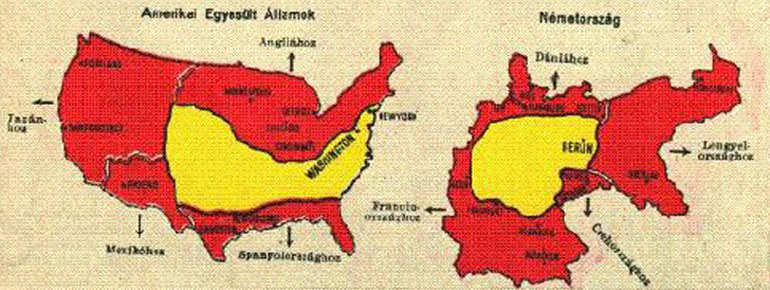 Flyer demonstrating how much land area Hungary lost by Trianon
Flyer demonstrating how much land area Hungary lost by Trianon
The Austrians lost large territories as well. Areas with German majorities were awarded to other countries by the Allies. The foundations of many crises that came 20 years later were laid by these decisions. Vienna, the imperial capital city with a population of 2 million people, was now the capital of a small mountainous country of 6.5 million. Austria wasn’t allowed to unify with Germany as per the Treaty of Saint Germain.
It’s an interesting fact that in April 1919, the people of Vorarlberg, the westernmost province of Austria, voted to join Switzerland, but even this democratic decision was overruled by the Allies.
Peace and the Aftermath
The many successor states of the Austro-Hungarian Empire started issuing paper currencies in vast quantities. The populations of these states were decimated by the horrors of war and the remaining peoples were expected to be extra productive to pay for war reparations in the much richer Allied countries.
It’s no surprise that due to these crazy decisions almost all of the successor states ended up experiencing hyperinflation within a decade of the empire’s dissolution. Most people are aware of the German hyperinflation, but hyperinflations occurred in Austria, Hungary, or Poland as well. The only successor state to quickly achieve currency stability was Czechoslovakia.
The disasters of hyperinflation led to social upheavals in these countries. Some started leaning toward fascism, some toward bolshevik communism.



